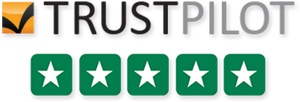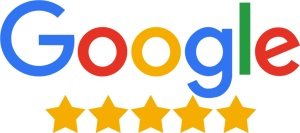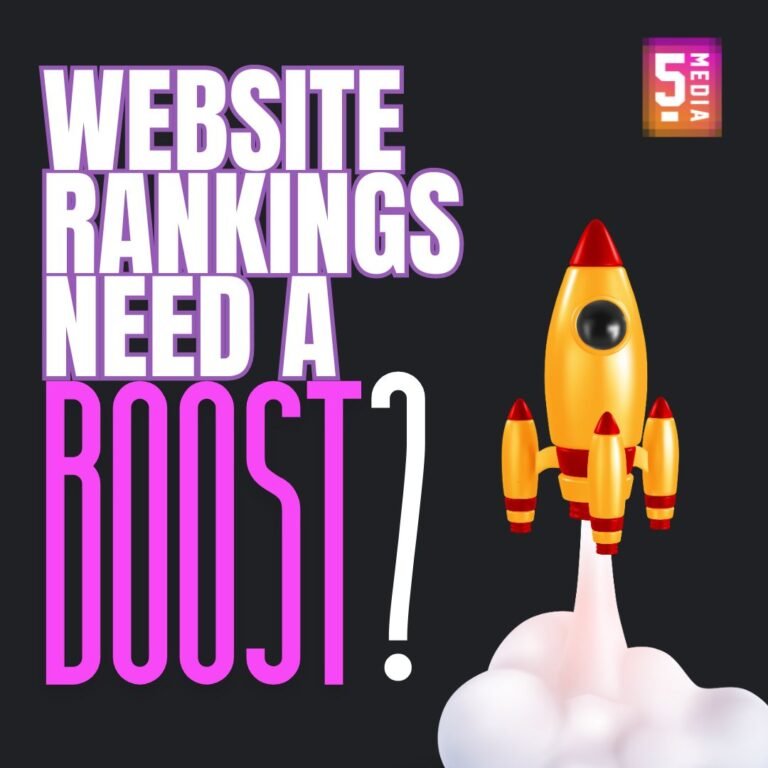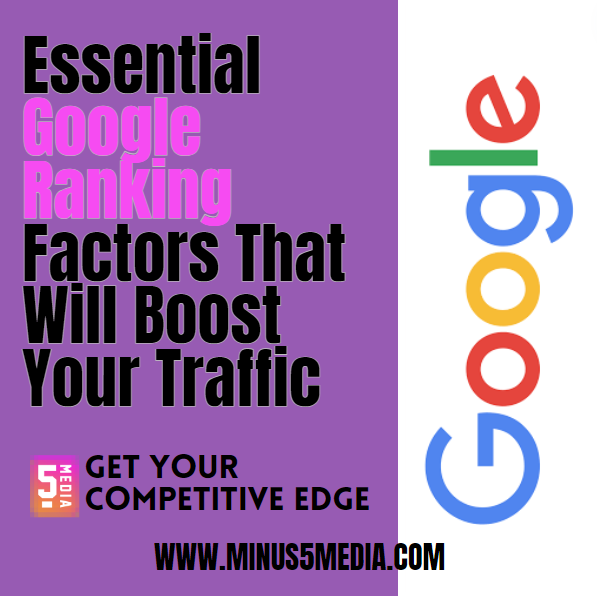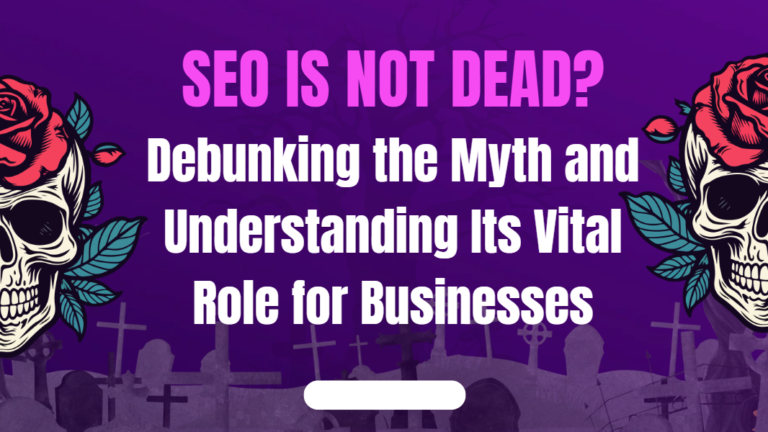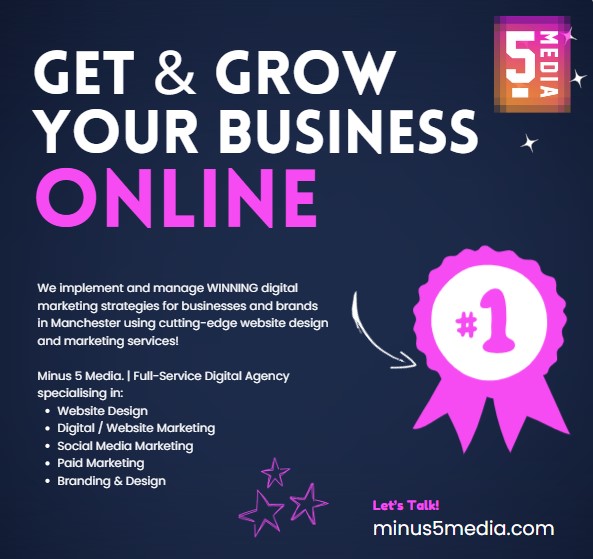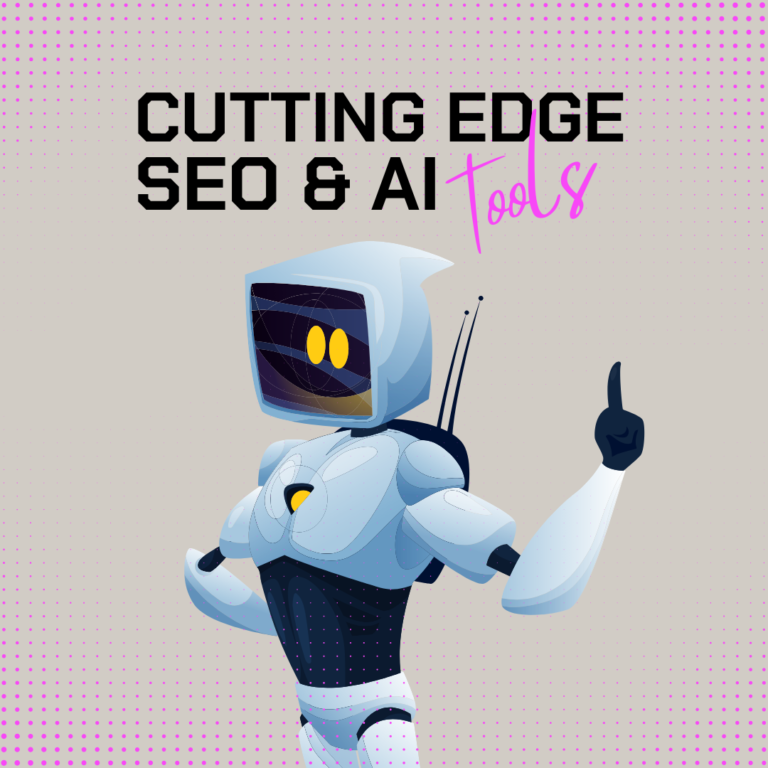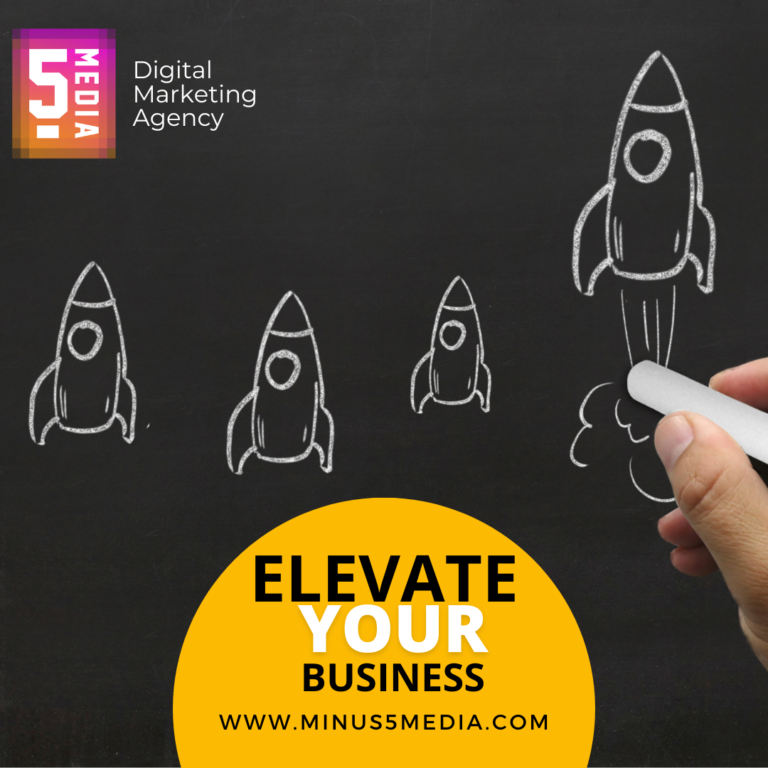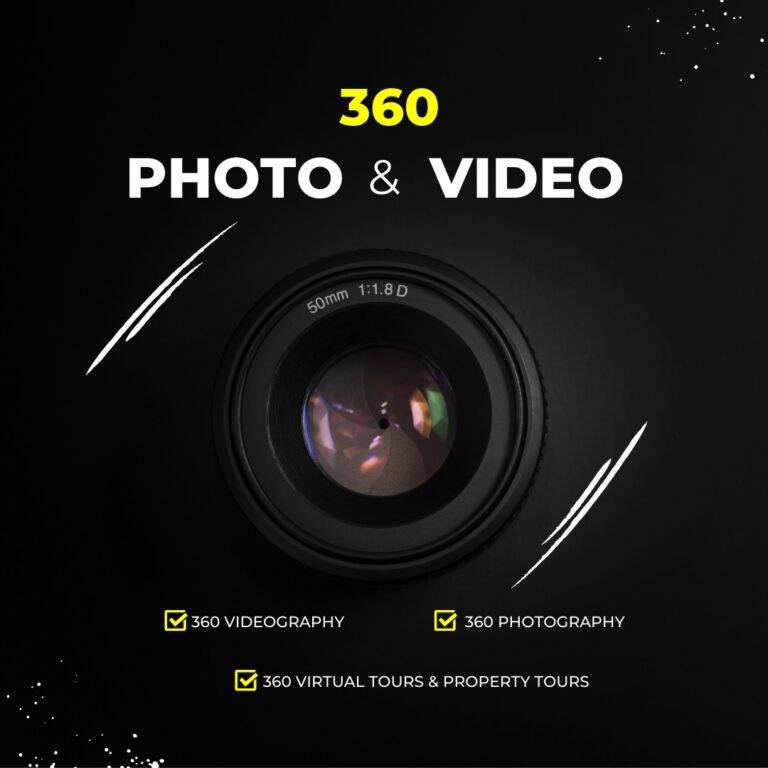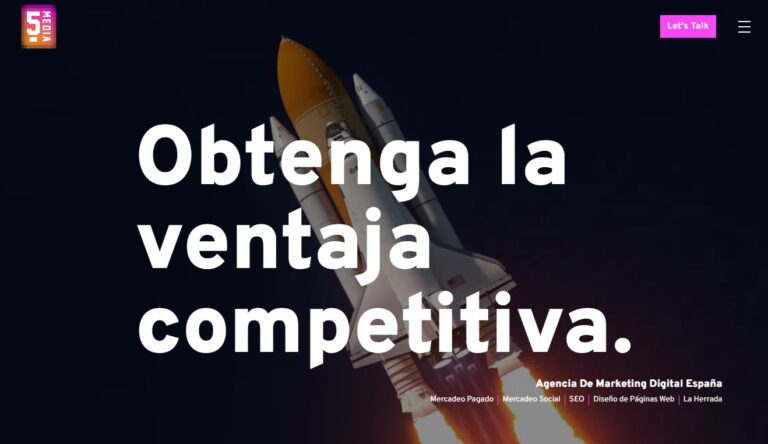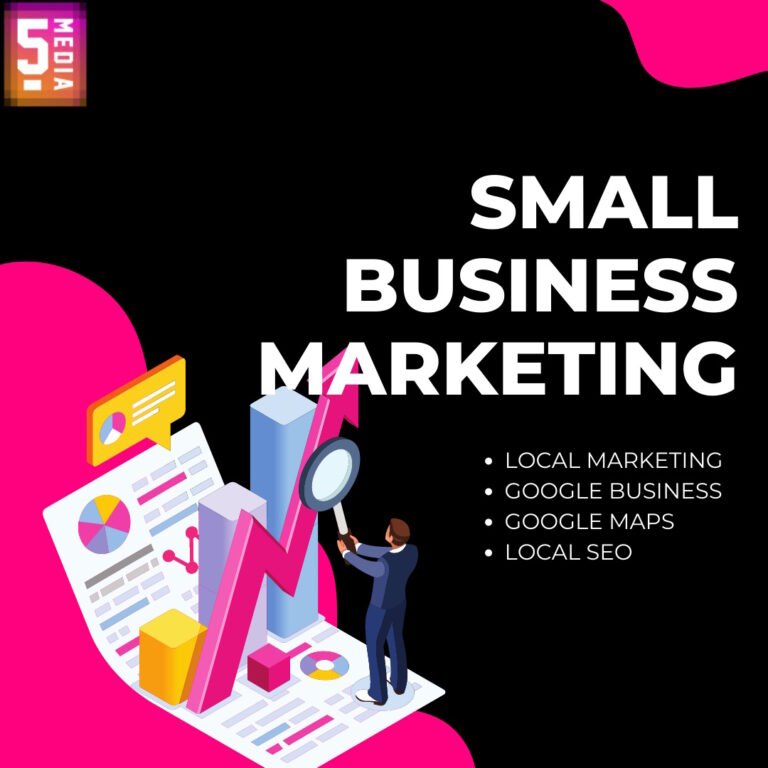 What Are Instagram Adverts?
What Are Instagram Adverts?
Instagram Adverts, also known as Instagram Ads, are a form of paid advertising on the popular social media platform Instagram. Instagram is a subsidiary of Facebook and offers advertisers the opportunity to promote their products, services, or content to a wide and engaged audience. Here’s a detailed explanation of what Instagram Ads are and how they work:
Instagram Ads Overview:
Instagram Ads are a way for businesses and individuals to create and run advertisements within the Instagram app. These ads can appear in various formats, including photo ads, video ads, carousel ads, story ads, and more. Instagram’s visually appealing and user-friendly platform provides an ideal environment for businesses to showcase their offerings and connect with their target audience.
How Instagram Ads Work:
To create Instagram Ads, advertisers typically follow these steps:
Choose an Objective: Advertisers begin by defining their campaign objectives, such as increasing website traffic, generating leads, boosting brand awareness, or driving app installations. Instagram offers a range of objectives to align with specific goals.
Audience Targeting: Instagram provides robust audience targeting options, allowing advertisers to select the demographics, interests, actions, and locations of the audience they want to reach. This precise targeting ensures that ads are shown to users who are more likely to be interested in their offerings.
Ad Format Selection: Advertisers can choose from various ad formats based on their campaign objectives and creative assets. For example, single-image ads are suitable for showcasing a product, while story ads allow for engaging full-screen visuals.
paid-instagram-advertsCreating compelling ad content is essential. Advertisers design visually appealing ad creatives, including visuals, captions, headlines, and call-to-action buttons. The ad creative should be tailored to the campaign’s objectives and resonate with the target audience.
Budget and Bidding: Advertisers set a budget for their Instagram Ads campaign, whether it’s a daily or lifetime budget. They also choose a bidding strategy, such as cost-per-click (CPC) or cost-per-thousand-impressions (CPM), based on their goals and preferences.
Ad Review and Approval: Once the ads are created, they undergo a review process by Instagram to ensure they comply with advertising policies. This review typically takes a short amount of time.
Monitoring and Optimisation: After launching the campaign, advertisers closely monitor its performance using Instagram’s ad analytics. Key metrics like click-through rates (CTR), conversion rates, reach, engagement, and return on ad spend (ROAS) are tracked. Based on these insights, advertisers can make real-time adjustments to optimize their campaign.
Reporting: Instagram provides detailed reporting and insights into ad campaign performance. Advertisers can assess the effectiveness of their ads, make data-driven decisions, and refine their strategies for future campaigns.
Why Use Instagram Ads:
Instagram Ads offer several advantages for businesses and advertisers. Instagram is a highly visual platform with an engaged user base, making it ideal for showcasing products and services through visually compelling ad formats.
With its integration into the broader Facebook Ads ecosystem, advertisers can leverage precise audience targeting and in-depth analytics to achieve their marketing goals.
Instagram offers access to its Stories feature, providing a creative avenue for engaging with users in a full-screen, immersive format. Instagram Ads can be an effective tool for increasing brand awareness, driving website traffic, generating leads, and reaching a mobile-centric audience.
Benefits Of Instagram Adverts
Instagram adverts, often referred to as Instagram Ads, offer a range of benefits for businesses and advertisers looking to promote their products, services, or content on this popular social media platform. Here are some of the key advantages of using Instagram Ads:
Vast and Engaged Audience: Instagram boasts over a billion monthly active users, making it one of the largest and most engaged social media platforms globally. This extensive user base provides businesses with access to a diverse and highly active audience.
Highly Visual Platform: Instagram is known for its visually appealing content, making it ideal for showcasing products, services, and brand aesthetics. Advertisers can leverage its visually immersive environment to capture the attention of users through eye-catching visuals and videos.
Multiple Ad Formats: Instagram offers various ad formats, including single-image ads, video ads, carousel ads, story ads, and more. This versatility allows advertisers to choose the format that best suits their campaign objectives and creative assets.
Effective Storytelling: Instagram Stories ads provide a full-screen, immersive experience for users. Advertisers can use Stories to tell engaging and interactive narratives, driving user engagement and brand recall.
Audience Targeting: Instagram’s advertising platform is integrated with Facebook Ads Manager, providing access to robust audience targeting options. Advertisers can define their target audience based on demographics, interests, behaviours, and location, ensuring that their ads are shown to the most relevant users.
Seamless Integration: Instagram Ads seamlessly integrate with the broader Facebook advertising ecosystem. This means that businesses can leverage the same audience data, campaign objectives, and ad creative across both platforms, streamlining their advertising efforts.
Creative Freedom: Advertisers have the creative freedom to design visually appealing ad content that aligns with their brand identity. Captions, headlines, and call-to-action buttons can be customized to convey specific messages and encourage user interaction.
Mobile-Centric Audience: Instagram’s mobile-first approach caters to users who primarily access the platform through smartphones and tablets. This is particularly advantageous for businesses targeting mobile-centric audiences.
Precise Analytics: Instagram provides detailed analytics and reporting tools, allowing advertisers to track key performance metrics such as click-through rates (CTR), conversion rates, reach, engagement, and return on ad spend (ROAS). These insights enable data-driven decision-making and campaign optimization.
Instagram Shopping: For e-commerce businesses, Instagram Shopping allows users to browse and purchase products directly from posts and stories. This feature streamlines the path to purchase, making it easier for users to shop for products they discover through ads.
Increased Brand Awareness: Instagram Ads can help increase brand visibility and recognition among a wide audience. Consistent exposure to visually appealing content can leave a lasting impression on users.
Lead Generation: Advertisers can use Instagram Ads to drive lead generation by promoting sign-ups, subscriptions, and contact information collection.
Access to Instagram Insights: Businesses with Instagram Business Accounts gain access to Instagram Insights, a valuable tool that provides deeper insights into their organic and paid content performance.
Instagram Ads offer a powerful platform for businesses to connect with their target audience, increase brand awareness, drive website traffic, generate leads, and achieve specific marketing objectives.
The combination of a visually engaging environment, precise audience targeting, and in-depth analytics makes Instagram Ads a valuable addition to a comprehensive digital marketing strategy.
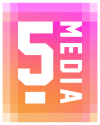
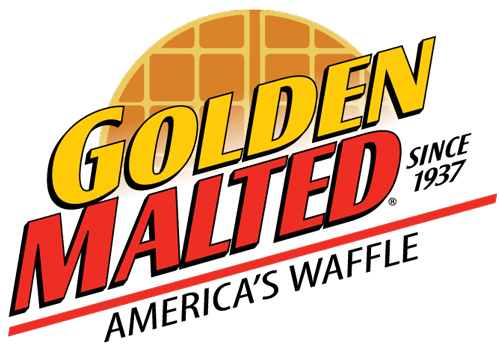

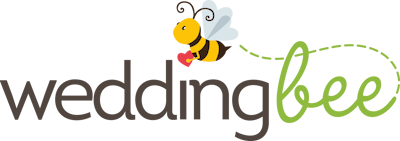

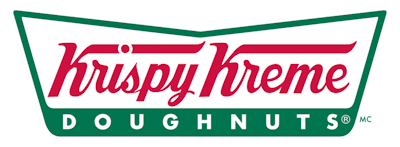

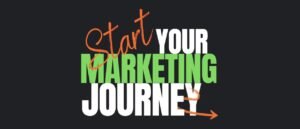 Pay-per-click marketing or paid marketing is exactly what you think it is. An advert is created for a product or service and placed on a search engine, social website or affiliate website and every time someone clicks on that advert, you are charged a fee. The fee is dependent on the keyword, you’re targeting. If this process is not performed correctly, it can be very costly and you can waste hundreds or maybe thousands of pounds and time. Adverts must be professionally designed, created and implemented, using relevant keywords and text.
Pay-per-click marketing or paid marketing is exactly what you think it is. An advert is created for a product or service and placed on a search engine, social website or affiliate website and every time someone clicks on that advert, you are charged a fee. The fee is dependent on the keyword, you’re targeting. If this process is not performed correctly, it can be very costly and you can waste hundreds or maybe thousands of pounds and time. Adverts must be professionally designed, created and implemented, using relevant keywords and text.






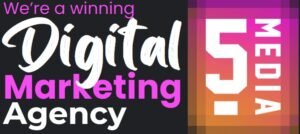 Are you struggling to drive traffic to your website? Do you want to increase your online visibility and attract more customers? If so, Pay Per pay-per-click marketing may be the solution you’ve been looking for. Pay-per-click advertising is a form of online advertising where advertisers only pay when someone clicks on their ad.
Are you struggling to drive traffic to your website? Do you want to increase your online visibility and attract more customers? If so, Pay Per pay-per-click marketing may be the solution you’ve been looking for. Pay-per-click advertising is a form of online advertising where advertisers only pay when someone clicks on their ad.
 What is Pay-Per-Click (PPC) Marketing?
What is Pay-Per-Click (PPC) Marketing?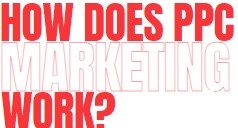 How Does PPC Work?
How Does PPC Work? What is The Cost Of Paid Marketing?
What is The Cost Of Paid Marketing? What Are The Benefits Of Paid Marketing?
What Are The Benefits Of Paid Marketing?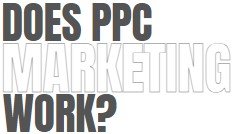 Does Pay Per Click Marketing Work?
Does Pay Per Click Marketing Work? What’s The Differences Between SEO And PPC?
What’s The Differences Between SEO And PPC? What are keywords and how do they work in PPC?
What are keywords and how do they work in PPC?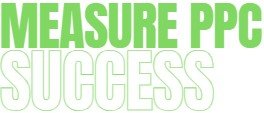 How Can I Measure The Success Of A PPC Campaign?
How Can I Measure The Success Of A PPC Campaign?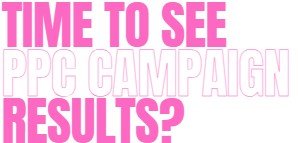 How Long Does It Take To See Results From A PPC Campaign?
How Long Does It Take To See Results From A PPC Campaign? Can I Target Specific Locations Or Demographics With PPC?
Can I Target Specific Locations Or Demographics With PPC? What’s The Difference Between Google Ads And Bing Ads?
What’s The Difference Between Google Ads And Bing Ads?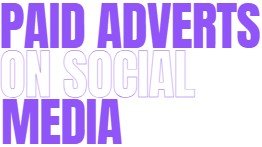 Paid Adverts On Social Media
Paid Adverts On Social Media What Are Facebook Adverts?
What Are Facebook Adverts? What Are Instagram Adverts?
What Are Instagram Adverts? 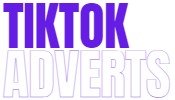 What are Tik-Tok Adverts?
What are Tik-Tok Adverts? How Often Should I Review And Adjust My PPC Campaigns?
How Often Should I Review And Adjust My PPC Campaigns? How Can I Prevent Click Fraud With My PPC Campaigns?
How Can I Prevent Click Fraud With My PPC Campaigns?
